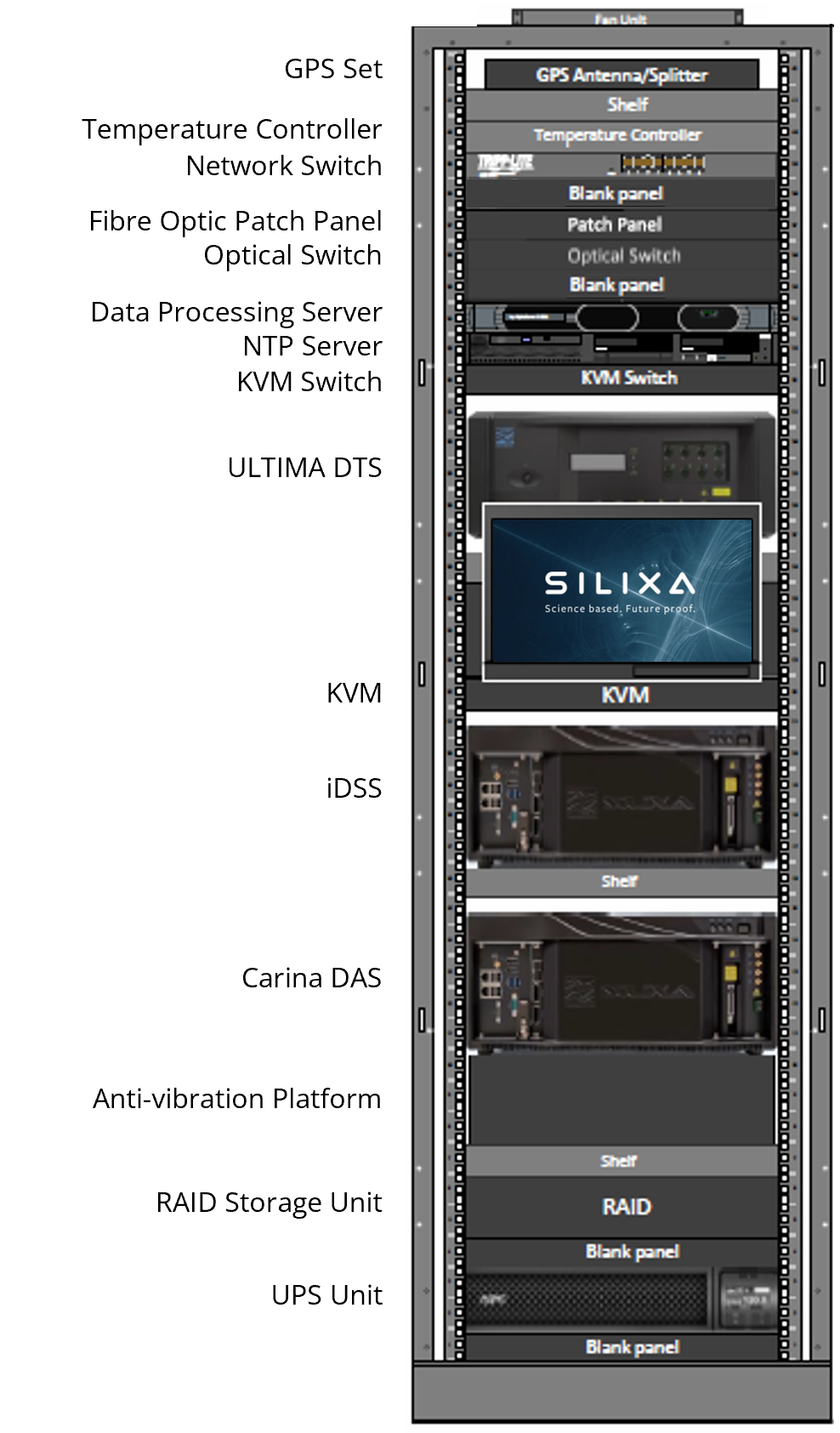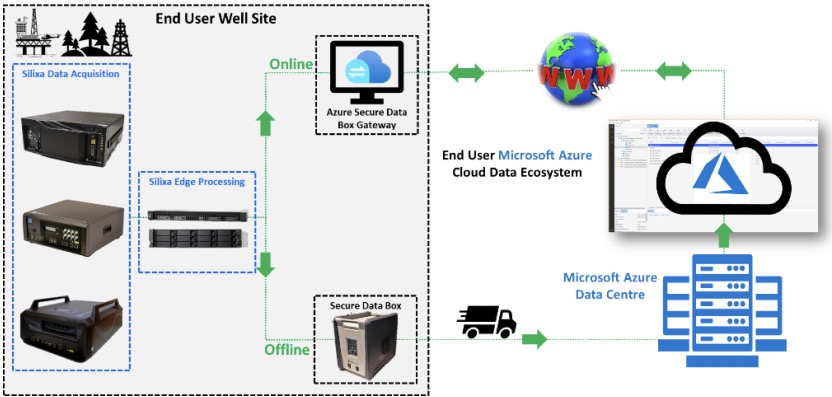
Powering Silixa’s latest generation permanent monitoring solutions
Silixa’s edge computing platform enables advanced data processing, analytics and visualisation across all Silixa’s fibre optic sensing solutions.
Harnessing the power of edge computing, the most advanced algorithms can be run on the large datasets created by Silixa’s distributed sensing systems to extract the deepest insights from the data in real-time. This simultaneously produces decimated data volumes that enable transfer of data to the cloud for integration into asset monitoring systems and to fast-track or automate decision making.
- Seamless integration with all Silixa’s interrogators (DAS, DTS and DSS) and support for industry standard file formats
- Manage data and schedule acquisition across any combination of interrogators, optical switches, cables and fibres installed on any number of assets.
- Easily scale up as more hardware is added.


- Designed to continuously process extremely high volumes of data at high-speed, day-in, day-out
- Perform all computationally intensive processing on the edge.
- Significantly decimate data volumes and enable data streaming to the cloud across a variety of network speeds.
- Enable the best use of Silixa’s advanced processing algorithms for the deepest possible insights into the data

- Modern, interactive and responsive UI with a wide variety of dashboards to optimally display the data for a wide variety of applications
- Provide real-time data insights and QC to fast-track decision making
Silixa’s Edge Computing platform is a highly adoptable and flexible data solutions platform that takes into consideration that distributed sensing data, more often than not, is acquired at remote locations and harsh environments where high-speed connectivity between the operation site and the cloud may not exist.
Unlike conventional measurements that provide information only at given single points, distributed measurements contain thousands of data points for every reading.
This means distributed data sets are significantly larger too, in the order of GBs, and as such will often require custom design workflows to stream raw fiber optic acquisition data from the interrogators at the operation site to a cloud platform.
Individual data volumes depend on the type of distributed fibre optic measurement, the application, measurement frequency and cable length(s).
| Network speed | Processing | Raw Data Storage | Processed Data Storage | Visualisation |
|---|---|---|---|---|
| High (>1Gbps) | Cloud | Cloud | Cloud | Cloud |
| Medium (1Mbps–1Gbps) | Edge | Edge | Cloud | Cloud |
| Low (1Mbps) | Edge | Edge | Edge | Edge/Cloud |



